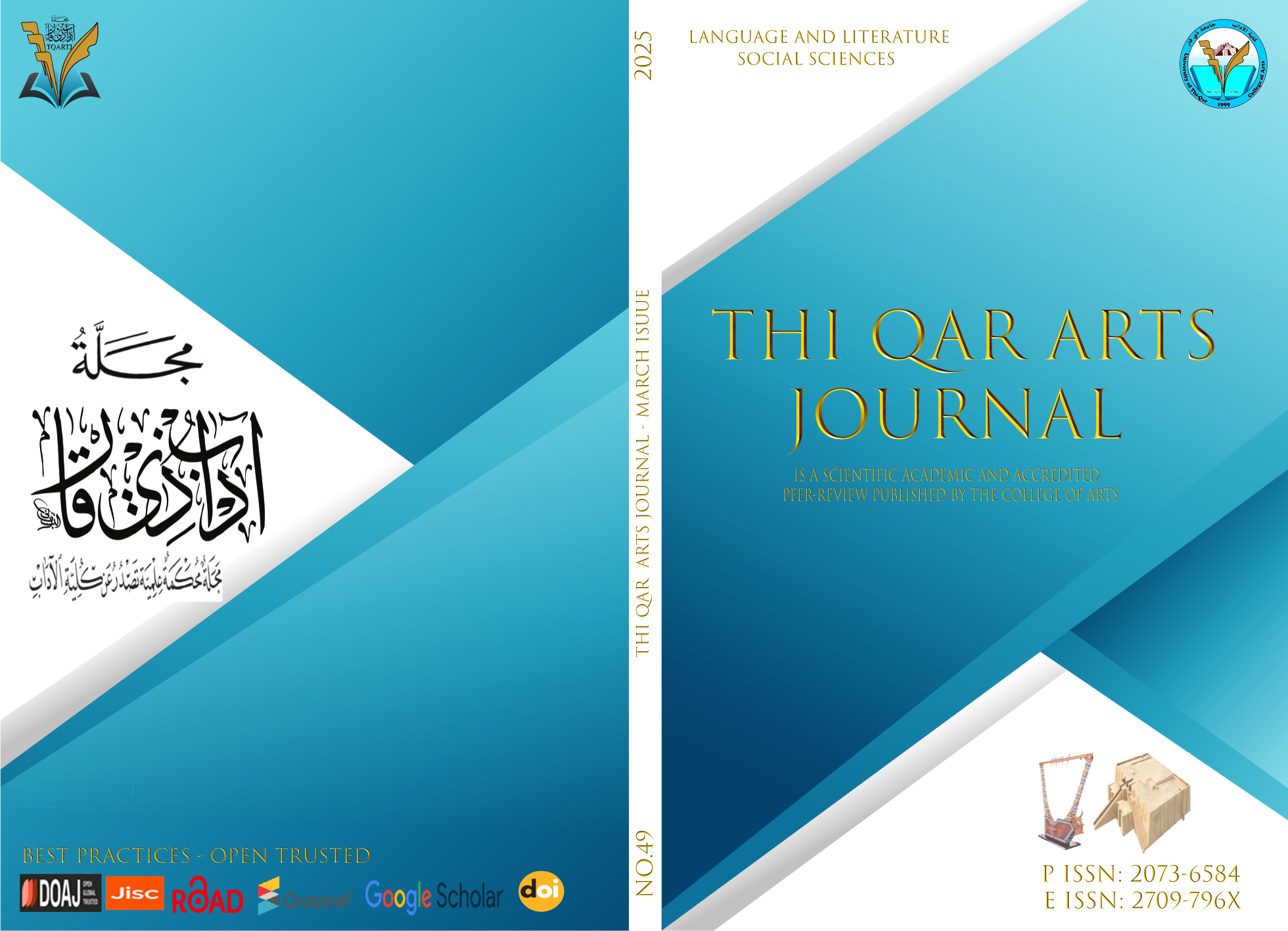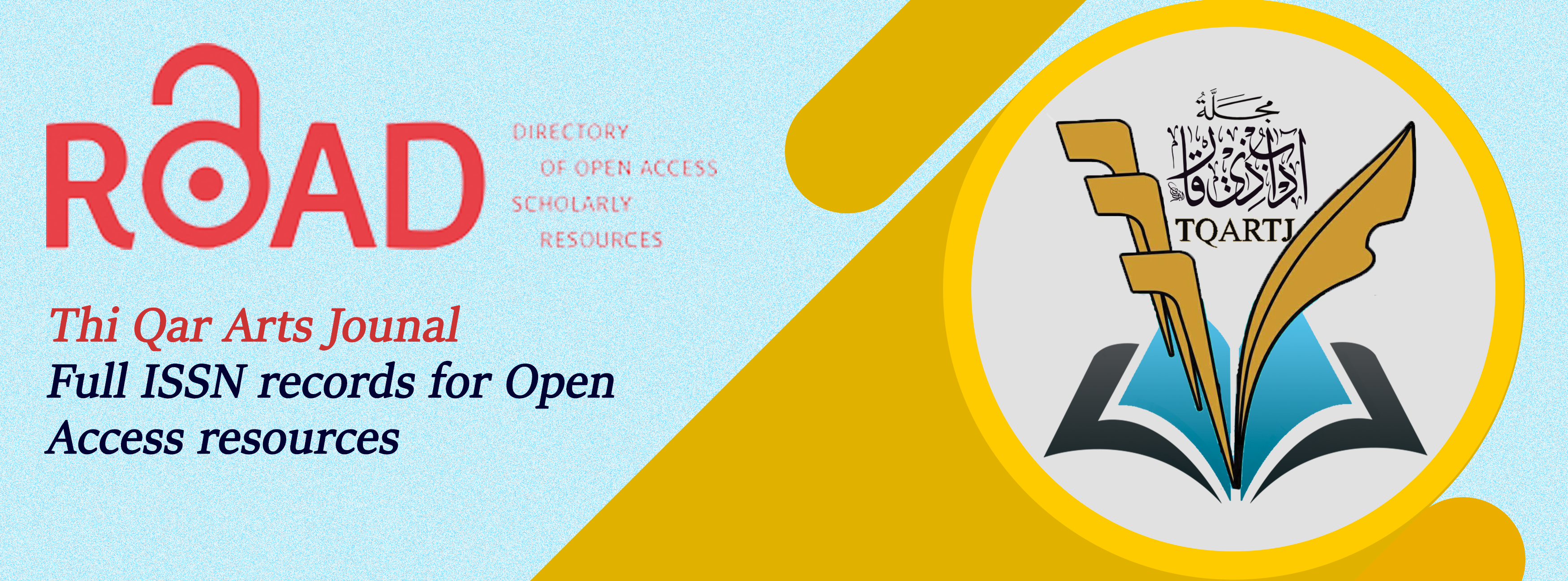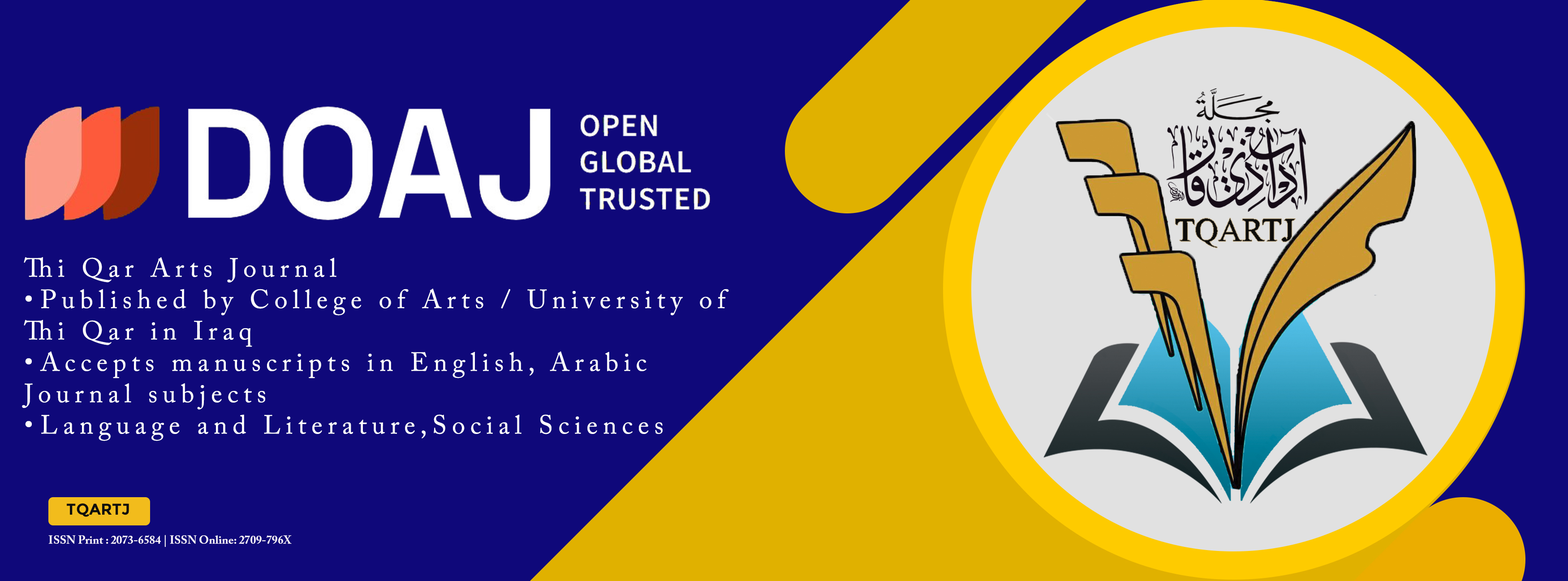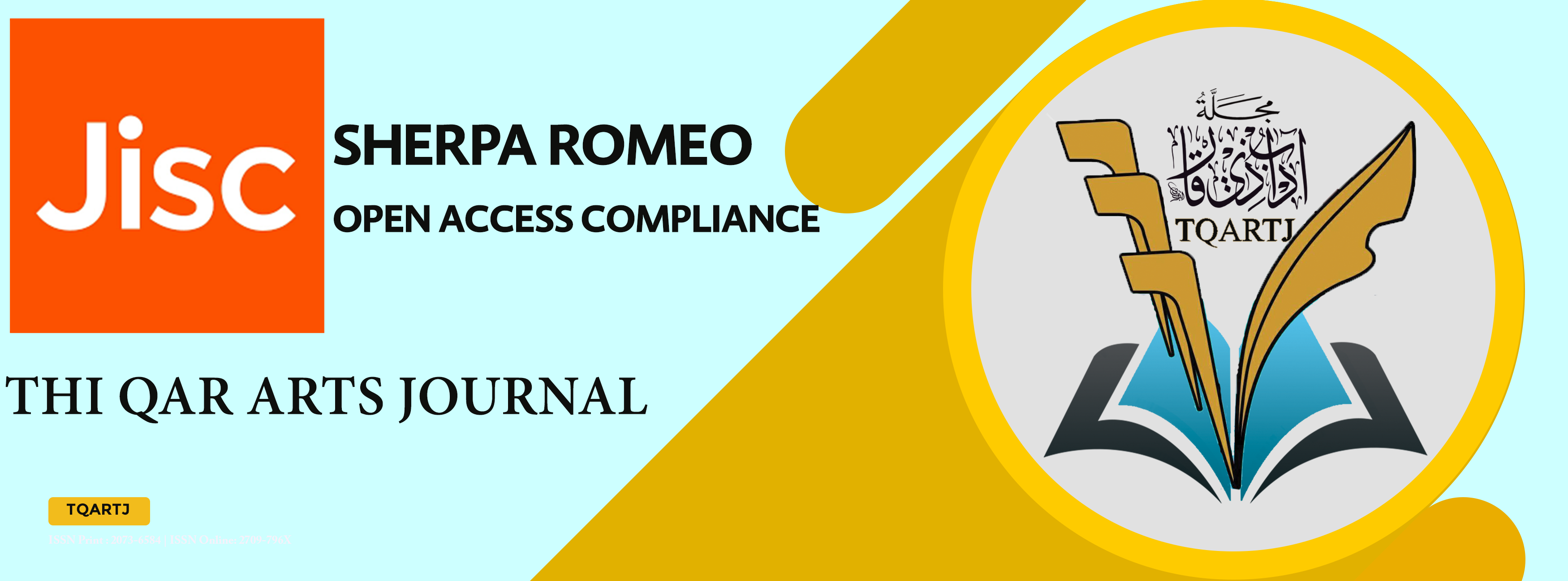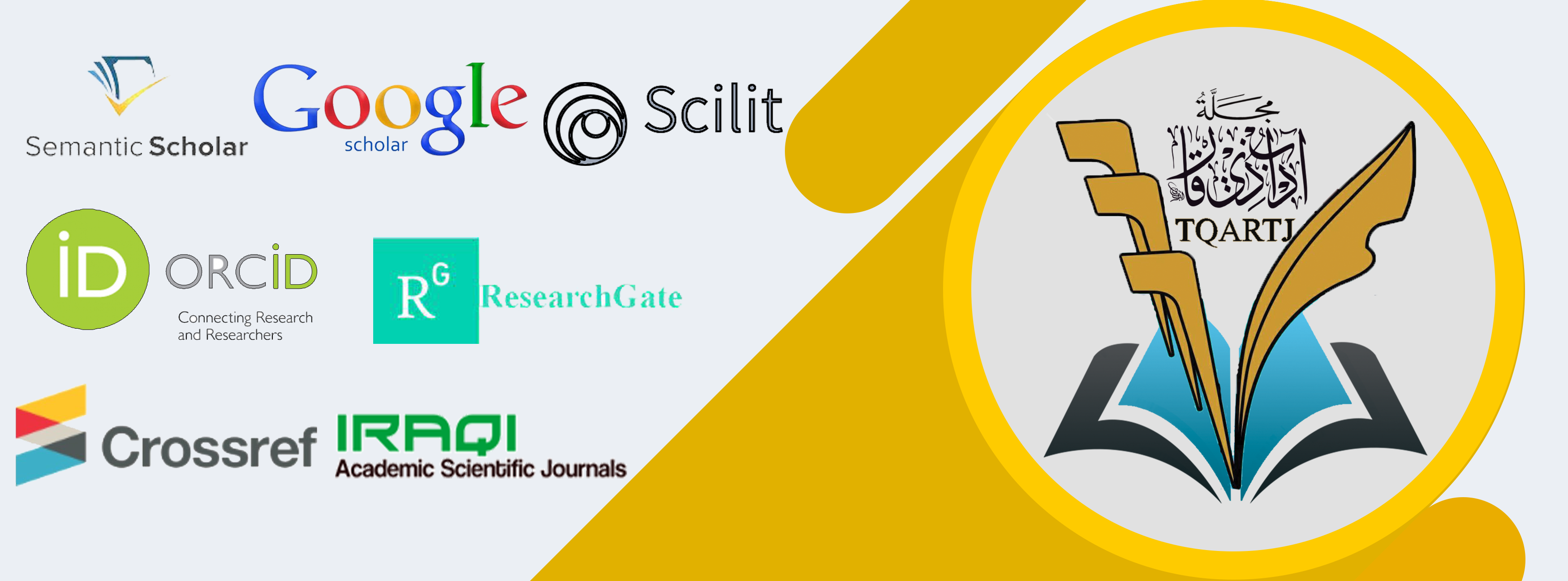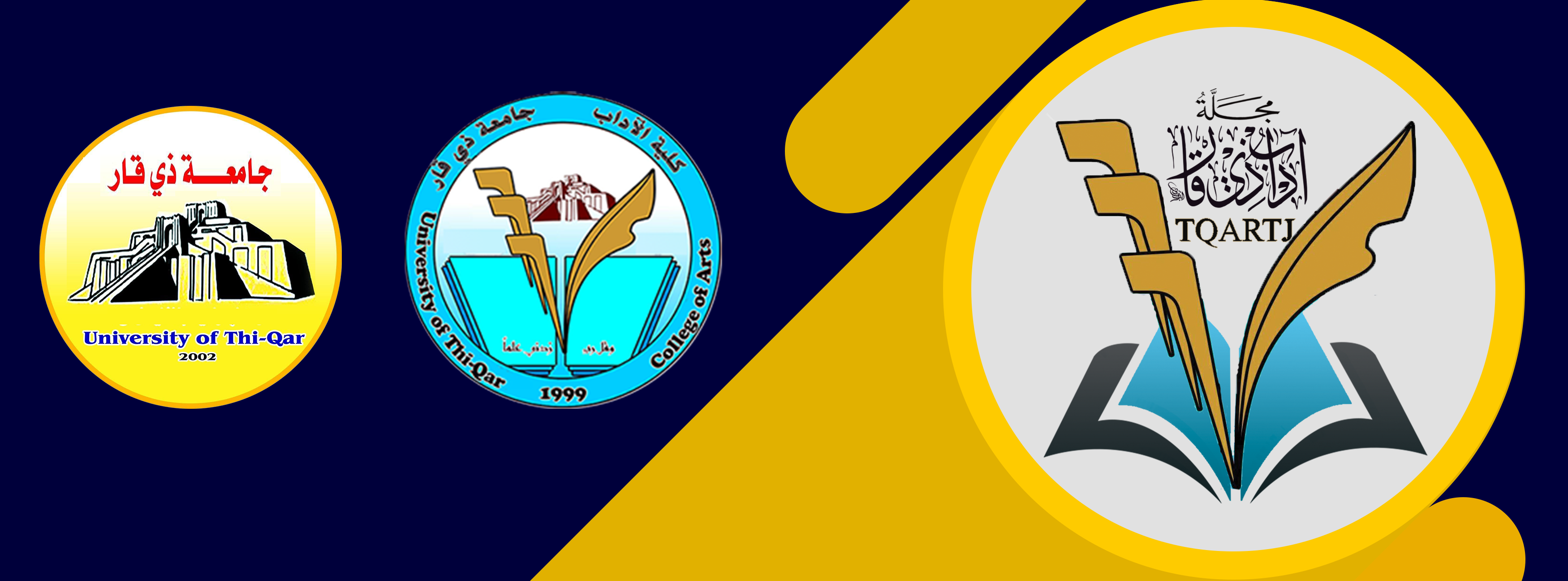Jewish Migration from the Arabian Peninsula to the Levant: An Analytical Study of Its Cultural and Social Impact on the Formation of the Early Arab-Islamic Society
DOI:
https://doi.org/10.32792/tqartj.v2i49.747Keywords:
هجرةAbstract
The history of human migrations is one of the most prominent phenomena that have shaped civilizations and societies throughout the ages. It was not merely a movement of human transition but a station for reshaping cultures, integrating ideas, and exchanging economic and social influences. The Jewish migration from the Arabian Peninsula to the Levant in the early period of Islamic history serves as a prominent example of this phenomenon, as these migrations had a significant impact on shaping social and cultural relations in the region and contributed to the formation of the Arab-Islamic society characterized by cultural diversity and civilizational interaction.
Before Islam, the Arabian Peninsula was home to a great diversity of peoples and groups, including Jewish tribes that settled in various areas such as Yathrib, Khaybar, and Fadak. This Jewish presence contributed to building complex relationships with Arab tribes, characterized by cooperation at times and competition at others. With the emergence of Islam and the subsequent radical changes in social and political balances, Jewish tribes began to experience sharp changes in their conditions, prompting some to migrate to the Levant. This migration was driven by several factors, including political conflicts with emerging Islamic forces, economic pursuits for better opportunities, and religious aspirations to live in communities that showed greater acceptance of their presence.
Historical studies have focused on tracing the Jewish influence in Levantine societies, finding that Jews played a pivotal role in various fields such as trade, industry, and agriculture. They also left cultural imprints in areas like literature and religious thought. The interaction with Arab and Islamic societies provided an opportunity for a wide exchange of ideas and practices, contributing to the formation of a complex cultural identity that remains evident today.
Discussing migrations does not only involve studying the past but also extends to contemplating contemporary issues related to identity, cultural diversity, and relations between peoples. Therefore, this research views Jewish migration not as an isolated historical event but as part of a continuous dynamic reflecting human interaction with its social and cultural environment. By analyzing this phenomenon, we aim to provide a scientific contribution that enriches our understanding of history and helps formulate a more comprehensive vision of relations between different cultures
Downloads
References
-
Published
Issue
Section
License
Copyright (c) 2025 Majeed Whaeeb Rahem

This work is licensed under a Creative Commons Attribution 4.0 International License.
The journal applies the license of CC BY (a Creative Commons Attribution International license). This license allows authors to keep ownership of the copyright of their papers. But this license permits any user to download, print out, extract, reuse, archive, and distribute the article, so long as appropriate credit is given to the authors and the source of the work. The license ensures that the article will be available as widely as possible and that the article can be included in any scientific archive.
